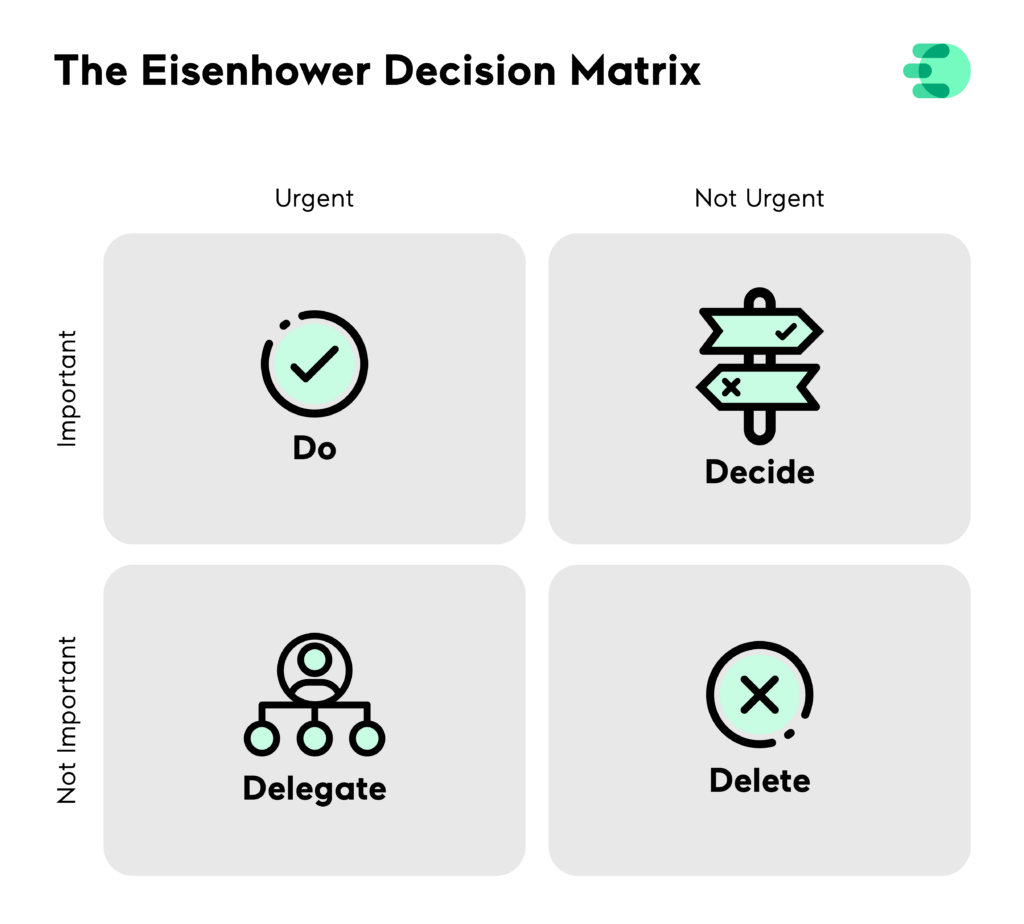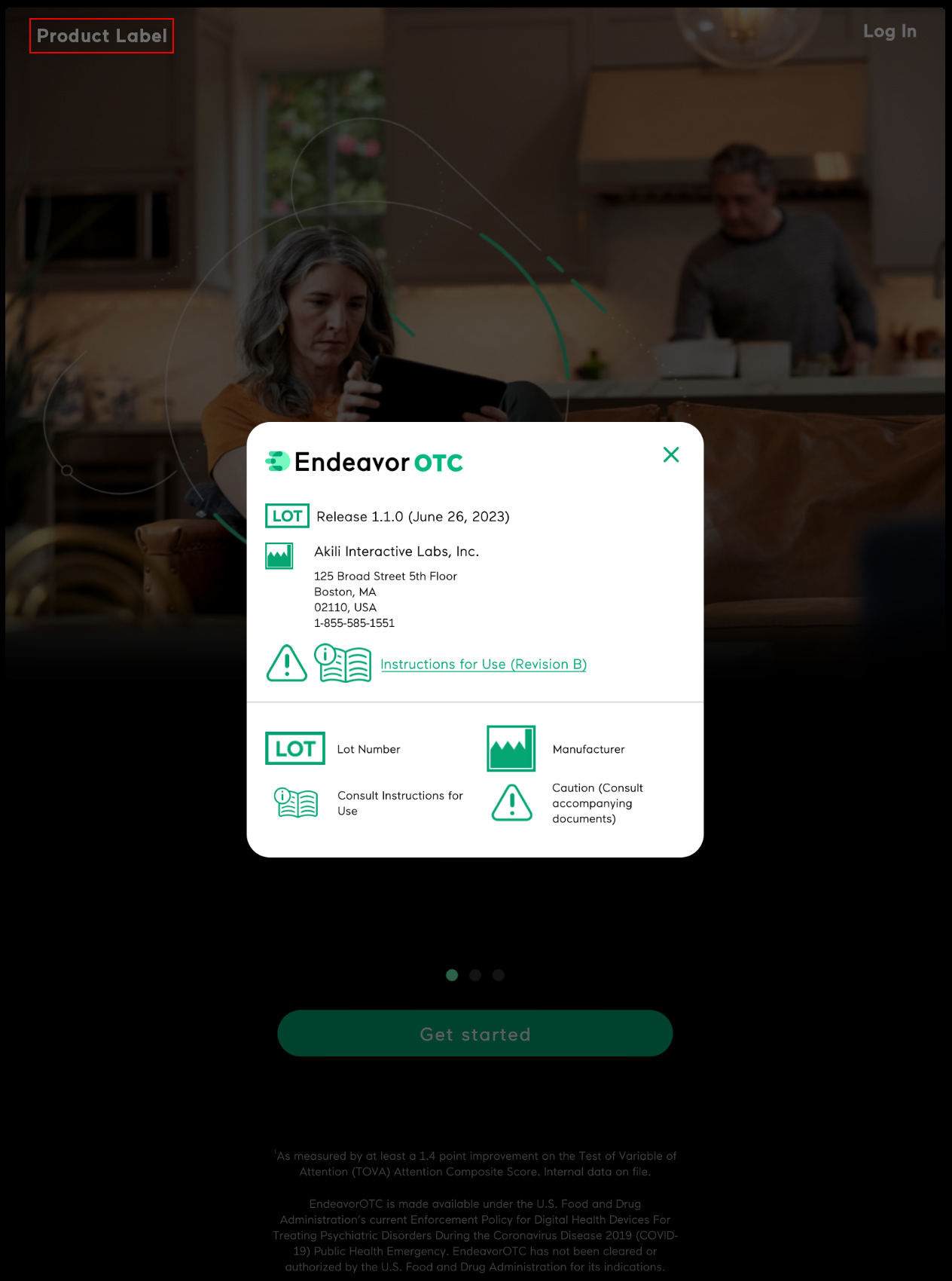How to Manage Your Time with ADHD Using Proven Techniques

Time management is often a struggle even for those without ADHD, so it’s no surprise that many people with ADHD struggle with it.
There are only so many hours in a day, and between personal life, work life, and relationships, trying to balance your time can sometimes feel like a constant battle. In another article, we covered how to plan and prioritize your tasks to make your days less stressful, but how do you divvy up those precious hours of the day?
There are myriad techniques out there designed to help you harness your hours and maximize productivity. Let’s dive into some of the most effective strategies tailored to suit the unique challenges and strengths of those with ADHD.
The Pomodoro Technique: Harnessing the Power of Short Sprints
The Pomodoro Technique is more than just a timer-based strategy; it’s a philosophy of work. By breaking tasks into 25-minute intervals, or “pomodoros,” you align with the brain’s natural attention span. This approach ensures you’re working with your cognitive grain, not against it. The short breaks in between act as a reset button, working against burnout and helping you maintain a consistent level of productivity. Here’s how it works:
- Choose a Task: Begin by selecting a task that demands your attention. This could range from academic study, writing, coding, or any endeavor that requires undivided focus.
- Set the Timer: Initiate a countdown for 25 minutes, marking one pomodoro.
- Engage in the Task: Immerse yourself in the task until the timer signals its end. During this phase, strive for uninterrupted work. If a sudden secondary task springs to mind, jot it down on a “distraction list” and persist with your primary task.
- Embrace a Short Respite: When the timer goes off, stop what you’re doing and take a 5-minute breather where you fully disconnect from work. This interval rejuvenates the mind, sustaining focus and energy for extended durations.
- Iterate: Post-break, revert to the timer step and commence another pomodoro.
- Extended Breaks: After four pomodoros, grant yourself a more extended rest, spanning 15-30 minutes, to truly reset.
The extended break at the end of your pomodoro is a great time to hop on EndeavorOTC and get your recommended 25-minute dose. Once you start playing, making this part of your daily routine won’t be difficult!
Time Blocking: Designing Your Day with Precision
You can think of time blocking as setting appointments with yourself. Dedicating specific blocks of time to individual tasks ensures that each activity gets undivided attention. This method eliminates the mental load of constantly deciding what to do next. It’s a proactive approach, meaning you’re not merely reacting to the day’s demands but actively shaping your day.
The method is straightforward and can be managed in any basic calendar app. For example, 9:00 AM-11:00 AM might be reserved for intensive work, followed by an hour dedicated to emails. This ensures tasks remain confined to their designated slots.
The Two-Minute Rule: Tackling Tasks in Real-Time
The Two-Minute Rule is one of our favorites and easiest to implement.
David Allen’s “Getting Things Done” methodology emphasizes the importance of immediate action. By instantly addressing tasks that take less than two minutes, you can prevent the accumulation of minor tasks that can and will become overwhelming over time. It’s about maintaining a clear workspace and mind, allowing for more significant tasks to receive the focus they deserve.
Sometimes, the simplest of tasks are the ones that we put off. It’s easy to say we’ll get to them later, but in doing that enough times, the list continues to spiral out of control. Cleaning that dish you just used might take only a minute on its own, but a sink full of dishes could take half an hour, for example.
The Eisenhower Box: Prioritizing with Purpose
This technique is named after President Dwight D. Eisenhower and helps differentiate the urgent from the important. It’s a visual tool that allows for quick decision-making, ensuring you’re always working on tasks aligning with your broader goals and values. By categorizing tasks, you’re not just managing time; you’re ensuring your time is spent on what truly matters.

- Urgent and crucial tasks are tackled immediately.
- Significant but not pressing tasks are slated for later.
- Urgent but not vital tasks are handed off to others.
- Tasks lacking in both urgency and importance are discarded.
The 1-3-5 Rule: Structured Task Management
If you think about it and break it down, life is a mix of large projects, medium tasks, and small chores. The 1-3-5 rule ensures that you’re addressing each of these categories daily. By setting a clear structure, you’re ensuring a balanced approach to tasks, ensuring that nothing gets overlooked.
Each day, mark one significant, three intermediate, and five minor tasks. This diversified approach ensures holistic progress in a very manageable way.
Kanban: Visualizing Progress
The Kanban system is all about flow, originating from Japanese manufacturing, specifically the Toyota assembly line. By visualizing tasks on a board, you’re able to see the progression of tasks from inception to completion. Not only does this provide a sense of accomplishment, but it also quickly highlights bottlenecks, ensuring smooth task progression.
Kanban systems typically have several steps ranging from ideation straight through completion. You can assign yourself a set amount of time for each step in the process, and once complete, you move that task to the next level of “completeness.”
The Kanban system has become one of the most popular time and task management techniques and has been adopted by nearly every project management tool on the market.
The 4 D’s Of Time Management: A Task Filtration System
- Delete non-essential tasks
- Delegate tasks to capable hands
- Defer tasks that can wait their turn
- Do tasks that are both pressing and vital
Every task that comes your way can be placed into one of the 4 Ds. This system ensures that you’re always taking the most appropriate action, whether tackling a task head-on, delegating it, deferring it for later, or deleting it altogether.
The 90-Minute Focus Sessions: Aligning with Natural Rhythms
Research shows that our bodies may operate on what’s known as ultradian rhythms, a cycle that affects our energy levels throughout the day. By working in 90-minute intervals, you’re aligning with this natural rhythm, ensuring that you’re working at peak productivity and resting during natural lulls.
The ABCD Priority System: Ranking Tasks for Maximum Impact
Much like the “4 D’s” method, the ABCD system ensures that you’re always aware of a task’s significance, allowing you to allocate your time and energy accordingly. By categorizing tasks based on their importance and urgency, you can better align your efforts with your broader goals.
- “A” tasks are paramount
- “B” tasks are significant but not as critical
- “C” tasks are non-urgent but beneficial
- “D” tasks can be assigned to others
Incorporating one or more of these techniques into your daily routine can help you manage your time in a way that harnesses your natural strengths. It’s not about rigidly adhering to one method, but rather finding a blend that resonates with your unique rhythm.
